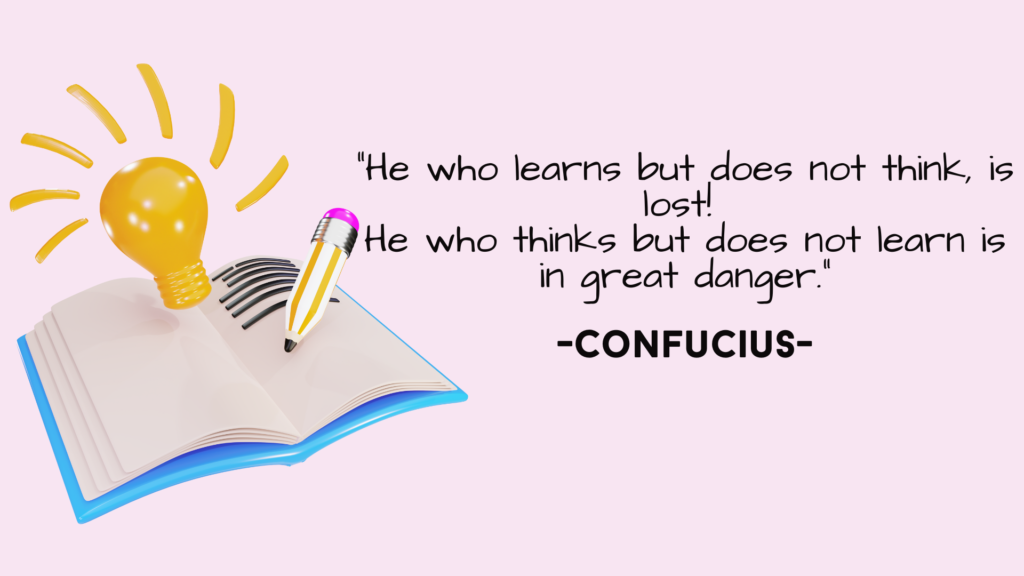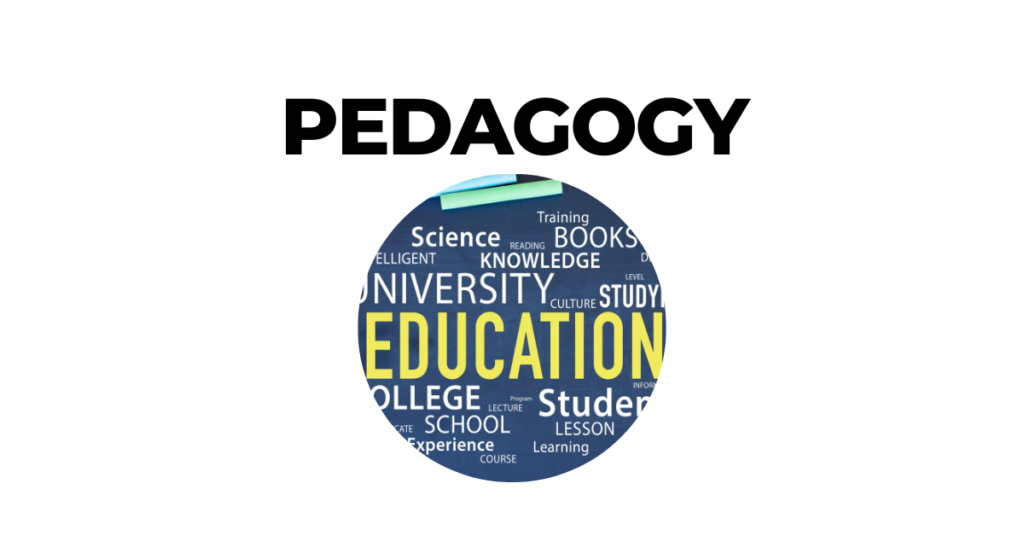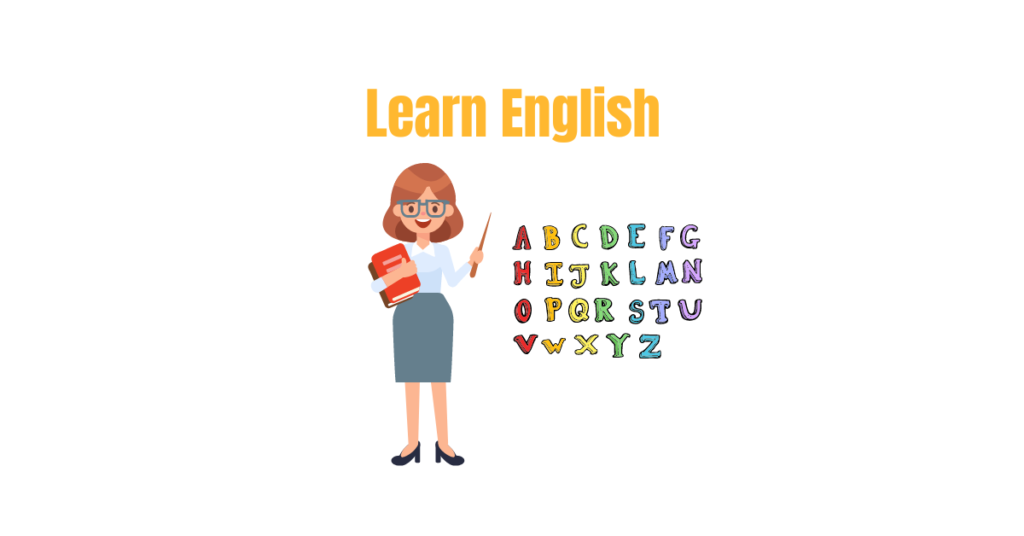ASSESSMENT
Assessments and their educational purposes

The value of learning
Learning encompasses not just students’ knowledge but also their capacity to apply that knowledge; it involves not only facts and abilities but also the attitudes and values and cognitive processes that affect students’ ability to comprehend and thrive in other domains. For these concepts to be accurately reflected throughout the evaluation process, a wide range of methods, including those that necessitate actual results, and the recurring application of these methods over time are required.
Alignment: Learning goals and Assessments
After finishing EDS 113, I believe that I am well equipped to incorporate what I have learned from this course into my teaching practices. One of the best takeaways from this course is the process of aligning our learning objectives to the assessment strategies to appropriately assess students’ knowledge. Building explicit alignment between learning outcomes, assessment, and teaching practices can help build mutual clarity in the learning process, which in turn can reduce students’ anxiety and the number of questions they have. This alignment should also be clearly communicated to students. Being able to demonstrate this connection in class and through the syllabus is very helpful in situating why teachers have made the assessment choices they have. Since the purpose of assessment is to measure whether students have attained the necessary skills and learning, being able to demonstrate this connection is essential.
The implications of effective feedback
I have learned more about giving effective feedback to students. In its most basic form, feedback is the act of communicating information to an individual regarding their activities, performance, or behavior. It should always be the purpose to either validate and affirm a person’s behavior, activities, or performance or to provide suggestions that are relevant to the situation and may be implemented immediately.
Developing student agency in the classroom
Promoting student agency in the classroom indicates that students take full ownership of their learning. As teachers, we ask ourselves: how do we promote student agency in the classroom? There are various ways to do this. One is to provide ongoing feedback. Feedback is a powerful assessment tool to encourage students to correct their mistakes and focus on improving a certain domain. Another way to develop student agency in the classroom is to inspire curiosity and creativity by providing students with opportunities to inquire/research by themselves to answer questions before the teacher discusses a topic.
I took this course because I was interested in knowing how to effectively assess students’ learning. I have gained so much from this course that I will ultimately utilize in my own teaching practices. I am grateful to everyone including Team Kilatis, Team Ka Sensya, and most especially to Dr. Lou for providing us with valuable information about assessments.




Recent comments